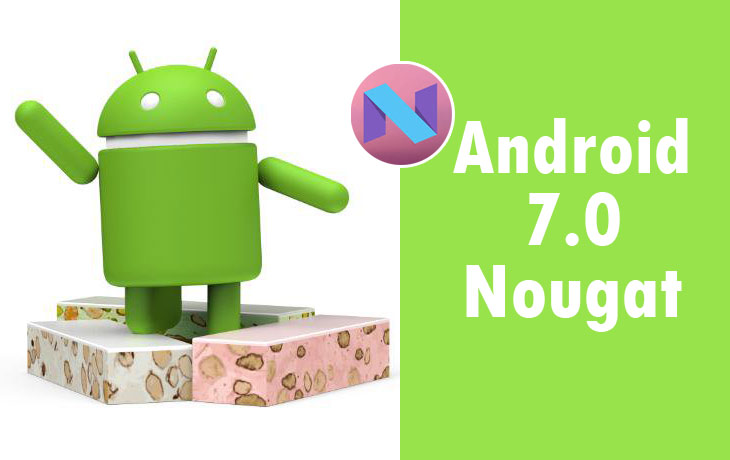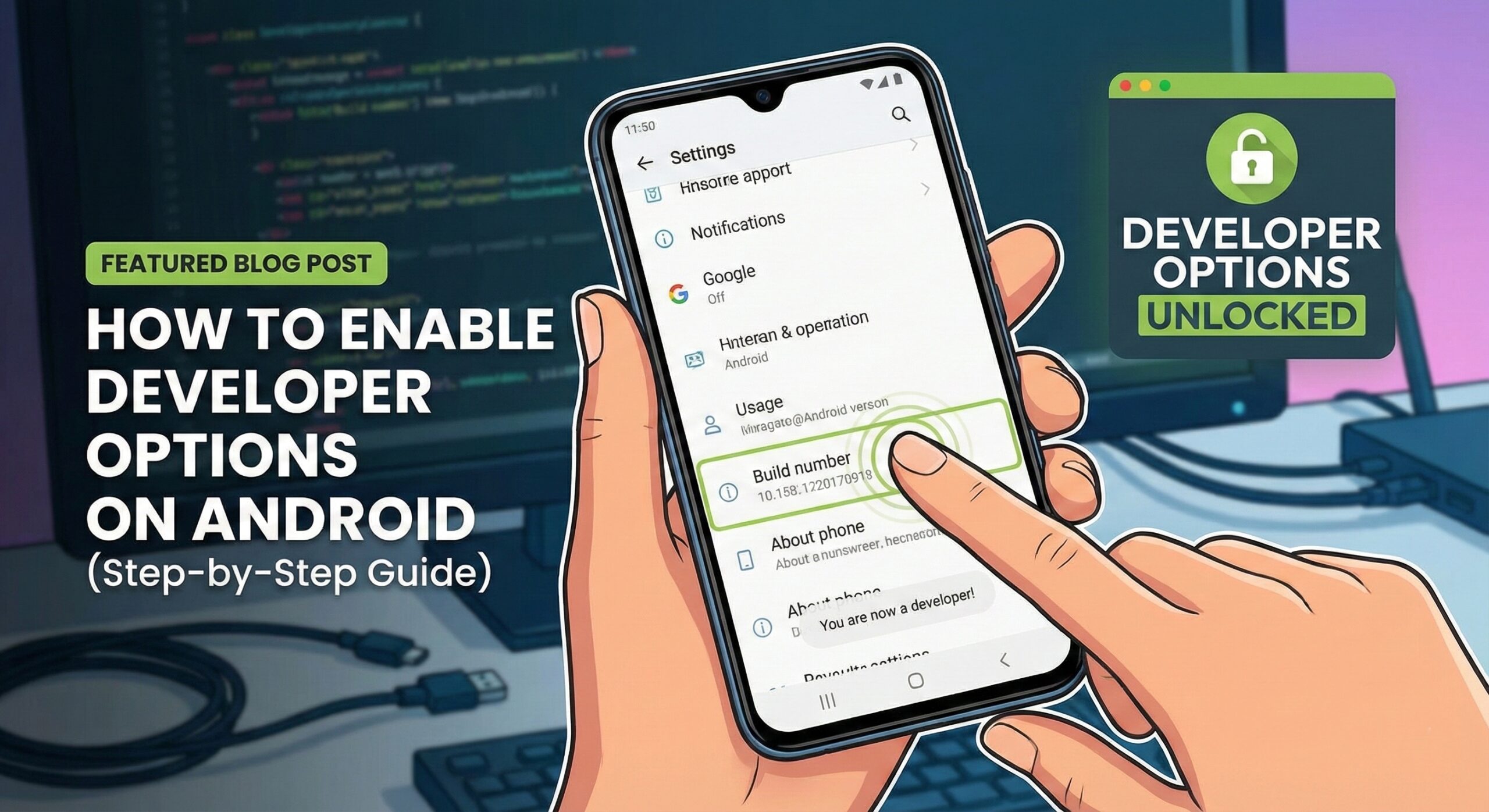Update your T-Mobile Galaxy S7 to Android 7.0 Nougat

Everyone talks about the Nougat OTA update for Samsung’s devices. The update first hit the United Kingdom and then to countries such as Germany, France, Germany, Ireland, United Arab Emirates and so on and if it is not there, on your device, then it’s time to take the matter into your own hands. I know that Samsung’s T-Mobile Galaxy S7 Android 7.0 Nougat test firmware has slipped out for a while, but now the official firmware has come out of Samsung’s box and is available over the internet to download and install, so why not taking advantage of that?
There are many UI changes that you may note as you flash it. The battery life of the handset has been enhanced and Samsung has given a boost to the overall performance, the firmware comes with new icons in the settings application, the notification bar has been completely overhauled and many other surprises are waiting for you.
To help you further, I have put up this tutorial here and it’s going to show you how to update your T-Mobile Galaxy S7 to Android 7.0 Nougat. However, before you can perform the firmware update, meet these essential requirements:
- You should make no compromises and use the original data cable to establish connection between your Samsung device and your computer/laptop. Using any other data cables might interrupt the flashing process, so to avoid any mishap, you know what you have to do;
- You must install the Samsung USB drivers on your PC;
- ODIN requires you to enable USB Debugging from Developer Options menu;
- Your device’s battery should not be weak. Charge it now so that your device will not switch off during the update or even get corrupted. Such things happen all the time, so don’t say that you have not been warned;
- Even more, this new official update can be flashed over rooted firmware, but you need to know that root access cannot survive such an update process. And if you install the update over custom Recovery images, you will see it replaced with a stock Recovery too.
- This tutorial is meant only for the T-Mobile Galaxy S7 G930T models, so don’t try to install the firmware on any other model.
Make sure to take care of all these preparatory steps and follow the installation procedure carefully. I want to be clear that AndroidFlaghsip won’t be responsible if you make any mistake and end up with a bricked phone. That’s all on you!
You’re all set to go ahead now.
How to Update your T-Mobile Galaxy S7 to Android 7.0 Nougat:
- Download the Android 7.0 firmware archive file by accessing this link;
- When the download is done, you can unzip its contents;
- You will obtain the G930TUVU4BQB1 Android 7.0 tar.md5 installation file;
- Be careful not to extract the Tar.MD5 archive;
- Already downloaded the firmware? Now, download Odin3_v3.12.3.zip and extract it on your desktop too;
- Now, it’s time to turn off your Galaxy S7 and press and hold the Volume Down + Home + Power keys at the same time for a few seconds to boot your phone into the Download mode;
- Release the keys as soon as you see a blue screen with exclamation sign and press the Volume Up key;
- Launch the ODIN app and connect the Galaxy S7 to your computer via the original USB cord;
- Get back to ODIN main menu and then click AP button;
- Find and load the G930TUVU4BQB1 tar.md5 updating file in ODIN.
- Press START when you’re ready to begin the Android 7.0 Nougat update process.
- The firmware installation will take some minutes to finish, so wait patiently until the installation completes;
- When the firmware is installed, you will get PASS! message in Odin and your phone will reboot automatically;
- Unplug the phone from computer and use your default login info;
- If the FAIL alert is displayed by the ODIN app, then you need to repeat the whole tutorial more than once. Make sure that in case you repeat installation, then you won’t skip any steps and that the phone is supported by this post.
For further Android updates and rooting procedures, keep visiting AndroidFlagship. And if you got any queries, make sure that you drop them in the comments box below.






User forum
0 messages